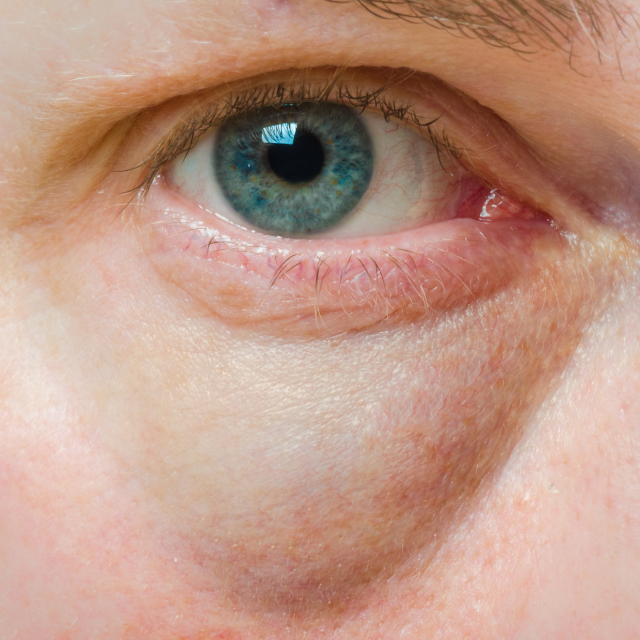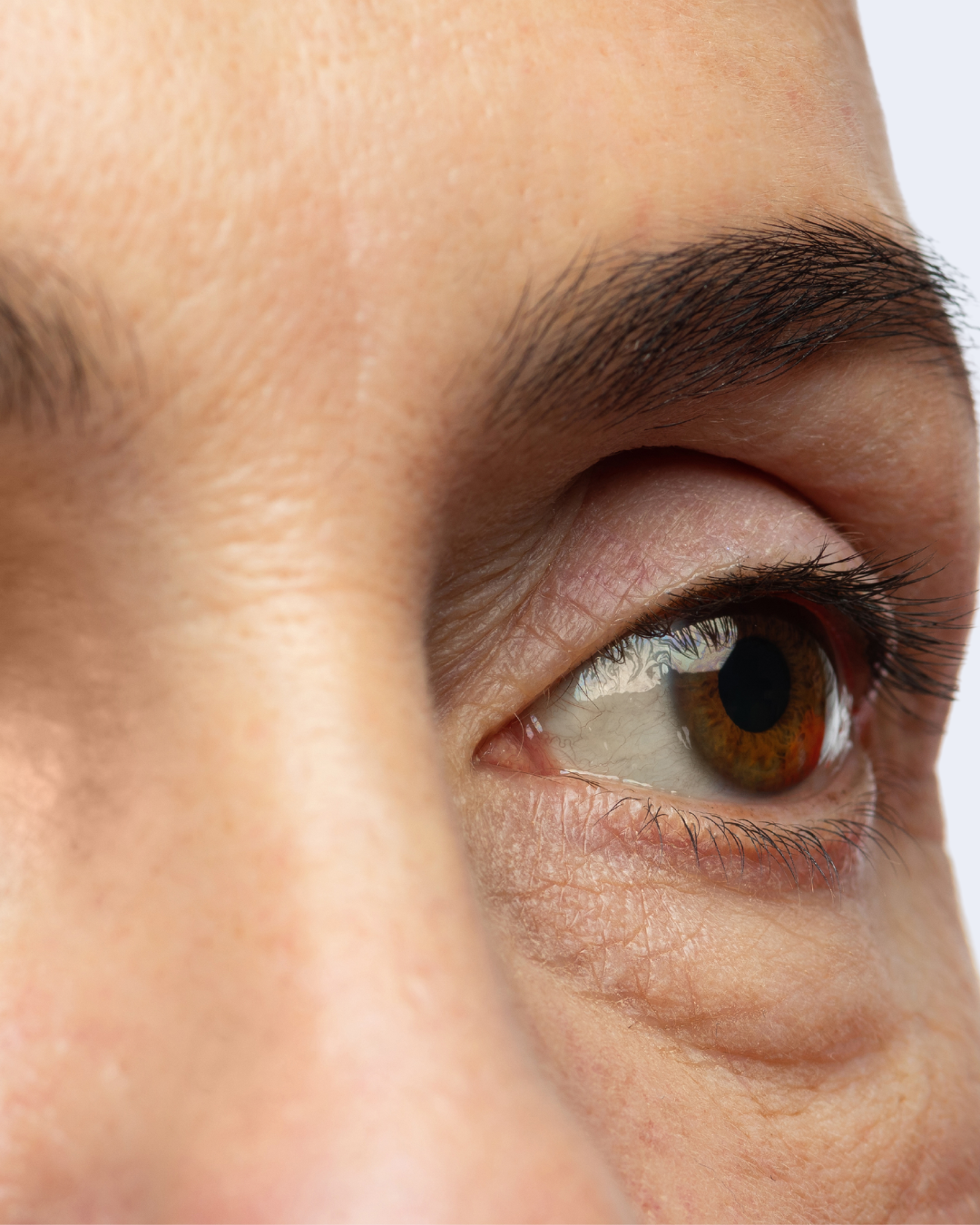
Puffy eyes are a common cosmetic concern that can make you look tired, aged, and unrefreshed. At SRGN Clinic, we specialise in advanced non-surgical treatments designed to address puffiness under the eyes, restoring a smoother and more youthful appearance.
Puffy eyes, also known as under-eye bags or eyelid swelling, occur when the tissue around the eyes becomes swollen or inflamed. This puffiness is usually due to fluid retention or shifting fat deposits under the eyes. While puffiness around the eyes can be temporary for some, it may become a more persistent problem as we age.
Yes, puffy eyes are treatable, and there are a variety of effective solutions depending on the underlying cause. At SRGN Clinic, we offer several non-surgical options that are designed to reduce puffiness and restore a more youthful, refreshed appearance. These treatments provide safe and natural-looking results, with minimal downtime, making them ideal for busy lifestyles.

There are several factors that contribute to puffy eyes:
Anyone can develop puffy eyes, but certain factors make some people more prone to them:
Tear trough fillers are one of the most effective solutions for reducing puffiness under the eyes. By injecting dermal fillers into the tear trough area, we can restore volume and smooth the under-eye area. The hyaluronic acid-based fillers help reduce the appearance of hollows, while also minimising the visibility of under-eye bags. The result is a more youthful, refreshed look.
Sylfirm X is an advanced treatment that uses radio-frequency energy and micro-needling to stimulate collagen production in the deeper layers of the skin. This helps to tighten and smooth the skin, reducing puffiness and improving overall skin quality. It is especially useful for people with mild to moderate puffiness and those looking for a non-invasive treatment option.
Ultherapy is a non-invasive procedure that uses ultrasound technology to lift and tighten the skin. By stimulating collagen production deep within the skin, Ultherapy helps firm the skin around the eyes, reducing sagging and puffiness. This treatment is perfect for patients who want a non-surgical solution with minimal downtime.
Dracula Facial (For Eyes) uses your own blood platelets to promote natural skin rejuvenation. By injecting Dracula Facial into the under-eye area, we can stimulate collagen and elastin production, improving skin tone and texture, and reducing puffiness. Dracula Facial is a natural treatment with long-lasting results, ideal for patients seeking a regenerative approach.